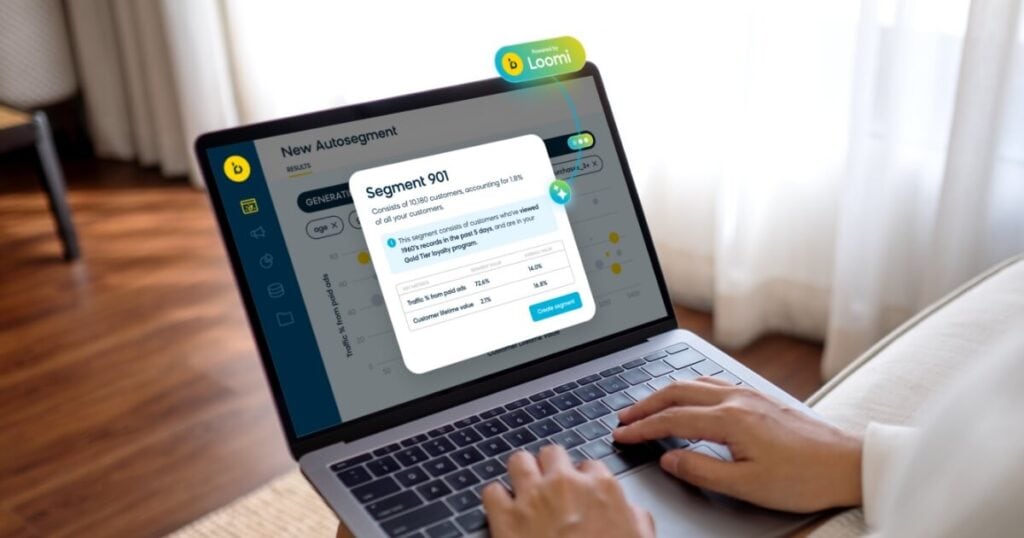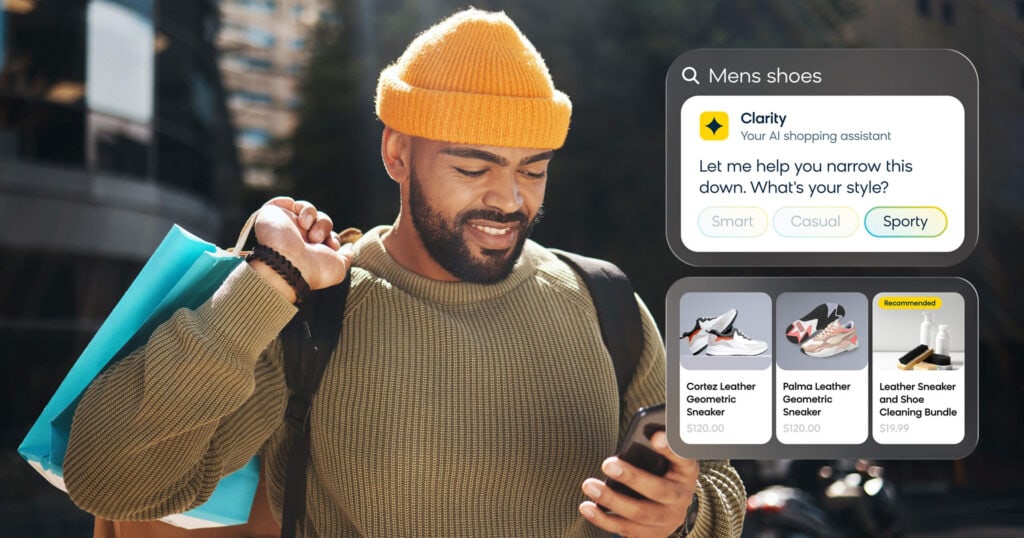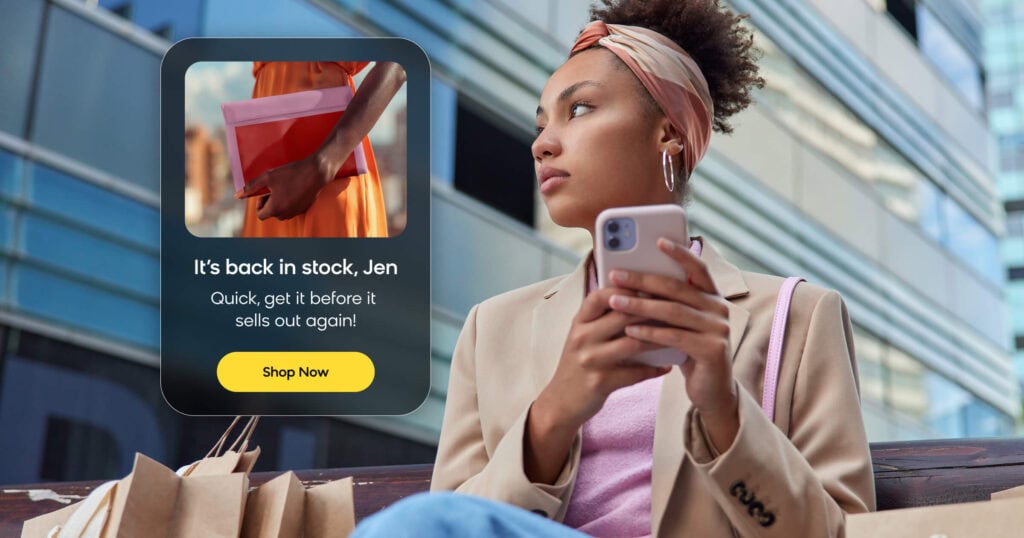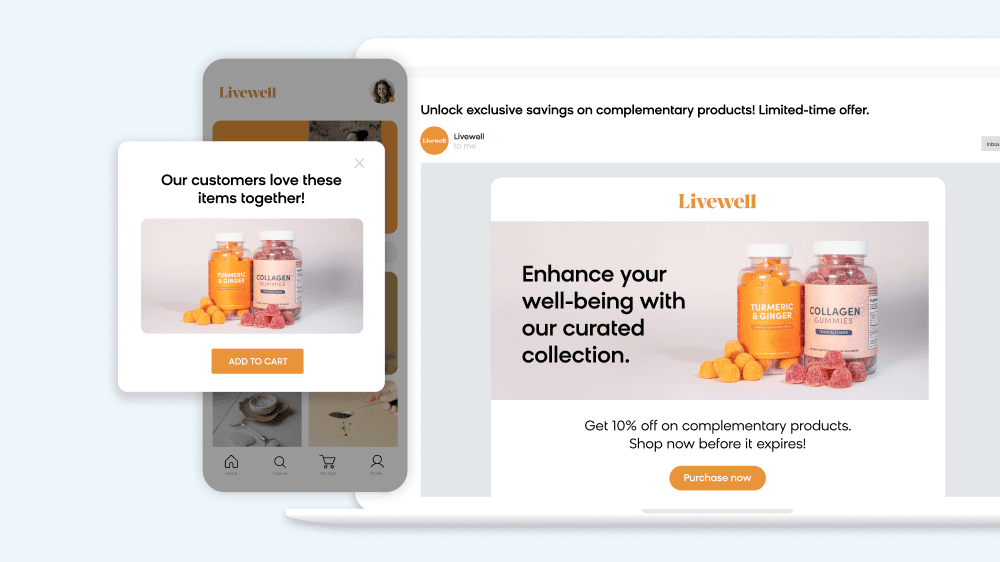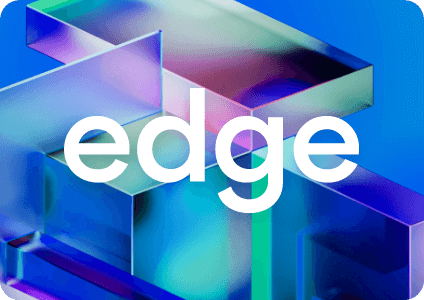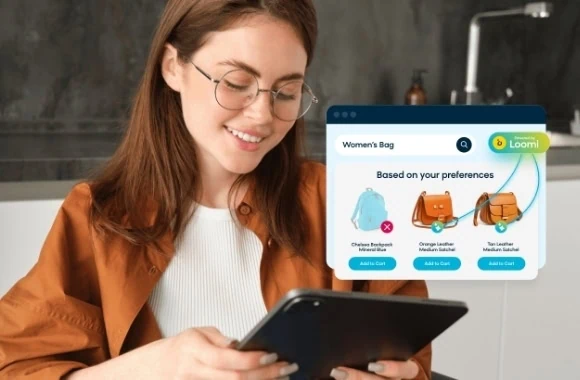This is a guest post written by Connor Weir, Community Marketing Manager at HMV.
Doing more with less is every marketer’s top priority. As Community Marketing Manager at HMV, I can personally attest that it’s always at the top of my to-do list. I lead a small, talented team of marketers with ambitious goals, and juggling our objectives with team bandwidth can be a challenge.
That’s why artificial intelligence’s ability to streamline marketing operations has always been an appealing prospect. I harness AI on a daily basis as a Bloomreach Engagement user, and I’m always on the lookout for innovative ways that AI can support our team’s efforts and optimize our marketing strategy.
When I was introduced to Bloomreach Engagement’s AI-powered AutoSegments tool, I knew that it could be game-changing for our team. Using Bloomech’s AI for ecommerce, Loomi AI, and a machine learning technique called formal concept analysis, AutoSegments drastically reduces the time it takes to identify useful customer segments. With just a few clicks, it can analyze millions of customer attributes to uncover hidden opportunities and produce actionable audiences that we could plug directly into campaigns.
This tool has helped our team on multiple levels, and to show just how effective it can be, I’ll walk you through exactly how we used it to optimize HMV’s pay-per-click (PPC) marketing strategy.
The Need for Fast and Focused Segmentation
Like many other ecommerce brands, HMV runs PPC campaigns to acquire customers and drive revenue, with a big focus on Google Ads PMax campaigns. These campaigns use machine learning to automatically optimize ads across multiple Google properties, including Search, Display, YouTube, Discover, and Gmail.
As a top-of-funnel way to drive traffic to our website, PMax campaigns fit our needs perfectly. These interactions are critical starting points for paid media impressions as well as our overall customer journey.

That’s why we put huge amounts of effort into running and optimizing our PMax campaigns. Even small improvements in impressions, clicks, or conversion rates can yield massive cost savings and revenue.
While Google does automate much of the PMax campaign process, it still requires regular input from marketers like creative assets, bidding and budget, and conversion goals. Another critical input is audience targeting; marketers have to match the right creative, call to action, and budget to the right kind of consumer in order to maximize the chances of conversion.
My team and I rely on Bloomreach Engagement as one of the most effective tools to create PMax audiences, and with the introduction of AutoSegments, the entire process is now quicker than we ever could’ve imagined. We no longer have to devote considerable time and energy to identifying the right attributes, building the segments, and analyzing them for notable insights.
With Loomi AI’s help, we can do it all with just a few clicks.
How AutoSegments Optimized Campaigns
With AutoSegments, all we needed to do was identify the customer properties and metrics to target and Loomi AI took care of the rest.
For our campaigns, we asked Loomi AI to look for customers based on their activity, most common shipping fee, most commonly viewed item, style preferences, loyalty status, and the number of days since they last visited our site. We also asked Loomi AI to calculate key metrics like customer lifetime value, revenue per visitor, click-through rate, and the percentage of traffic that comes from paid sources.
Once all these were inputted, Loomi AI automatically generated segments, drastically cutting the time it would take for our team to find these segments on our own. It found thousands of possible combinations of properties and metric values, organizing them into an easy-to-read chart showing “% of paid traffic” as the x-axis and “customer lifetime value” as the y-axis.
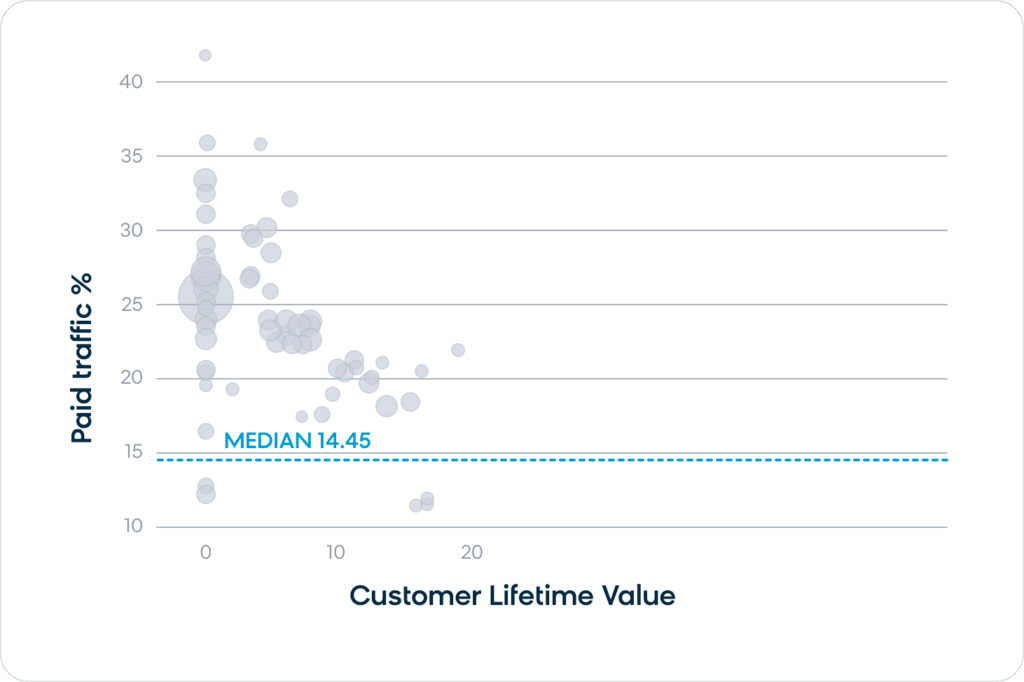
With all these targeted groups organized, choosing the right segments to optimize our PMax campaigns has never been easier. It helped us refine our most valuable audiences as well as our most unfavorable ones, which we could then use to our advantage.
For example, Loomi AI found our least valuable segment, identifying customers who clicked on a lot of our ads but hadn’t converted (and probably weren’t going to). Now, we can send this audience to Google as a “negative” audience, instructing Google not to target any ads to that group and preventing us from wasting ad dollars on customers who are least likely to convert.
It also found our most valuable audience, which has been eye-opening. This segment had a revenue per visitor of £104.11, which is over 2,800% higher than the global average. From that perspective alone it was extremely valuable, but what made it unique was its percentage of paid traffic, which is 39% lower than the global average.
Loomi AI also gave thorough details about this lucrative segment: These customers often bought enough to qualify for free shipping, they aren’t loyalty members, and they’re currently active customers. With insights like these, I was confident that these customers were ideal for retargeting with clear indications that they’re not only engaged buyers but also ones that spend more than the average customer.
This was the perfect audience signal to give to Google as a blueprint for our PMax campaign’s lookalike audiences. And thanks to Bloomreach Engagement, I don’t need to worry about constantly keeping tabs on this segment — the platform’s Google Ads Audience integration ensures that our segments are always up to date with the latest data. The audiences I send to Google are dynamic lists that update in real time, so I can be certain that the customers we target meet the segment’s criteria.
The Impact on Campaign Results
So, how did AutoSegments impact our PMax campaigns? In a big way, and right out of the gate. We immediately saw a lift in ad click-through rates by 6% and conversion rates increased by 6.6%.
These incremental improvements make a real difference, translating into significant campaign results over a two-week period: We saw a 34% increase in impressions, a 425% increase in landing page views, and a 14% revenue lift.
The best part is that this whole process of optimizing our ad spend took a fraction of the time it would have without AutoSegments. It’s an invaluable tool for marketers looking to maximize their campaign performance, and it has cemented itself as a crucial part of HMV’s marketing strategy moving forward.

